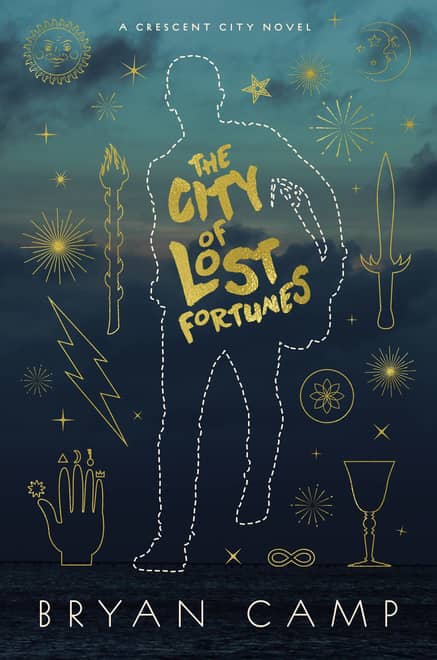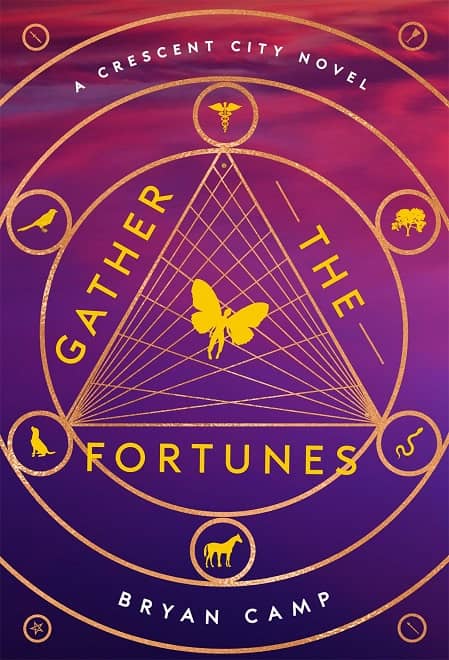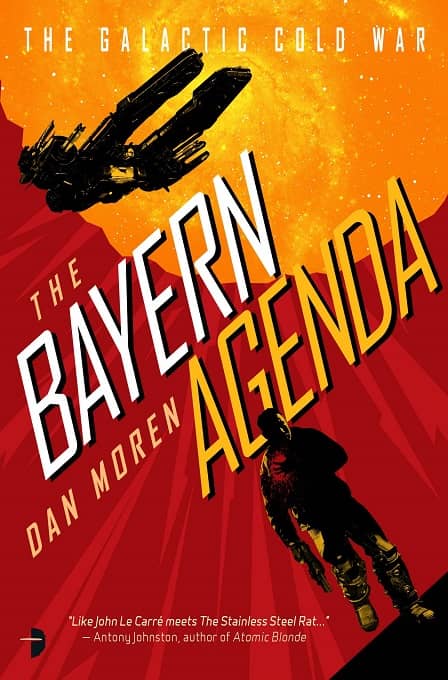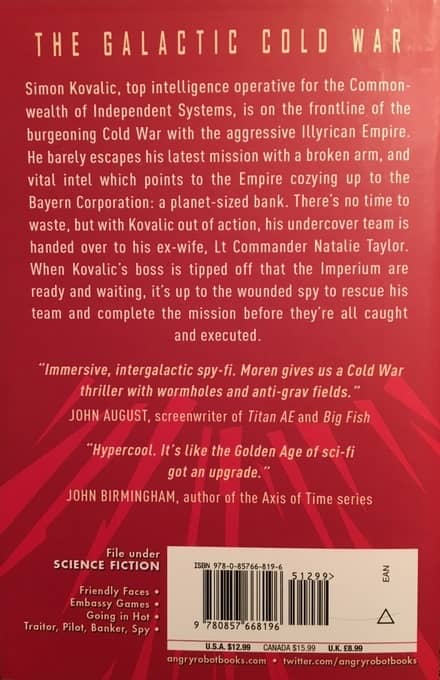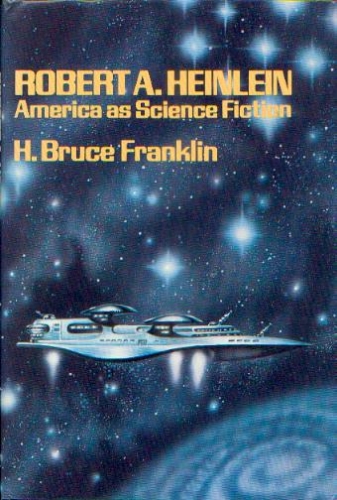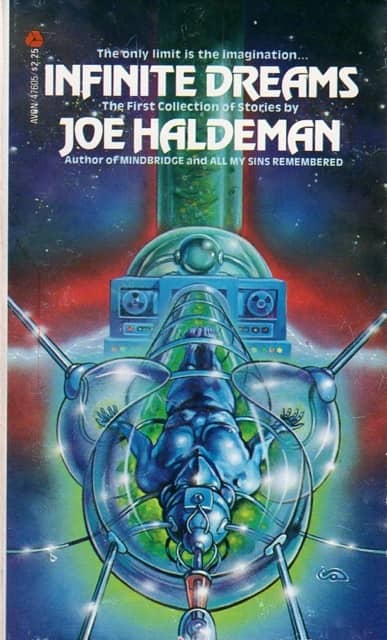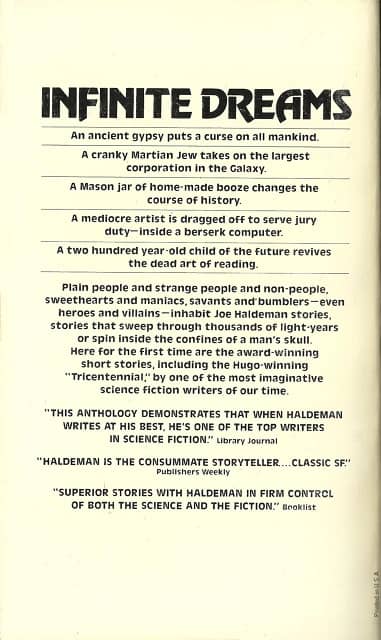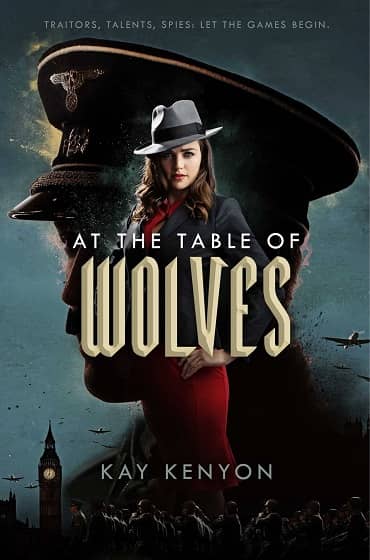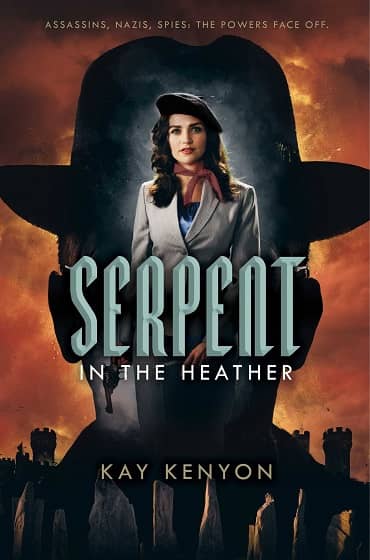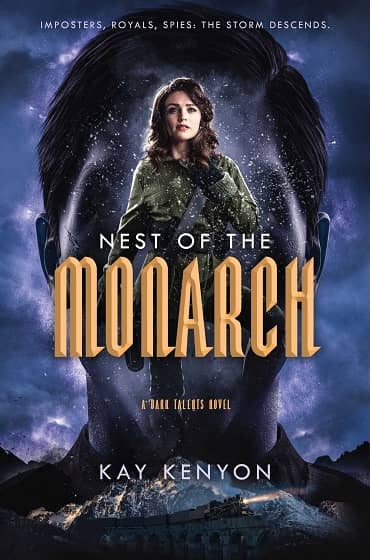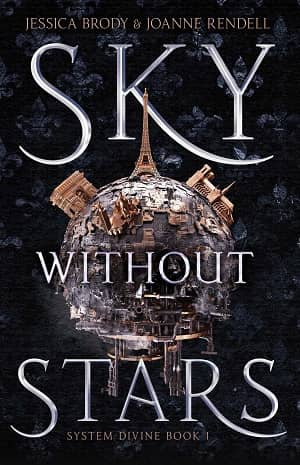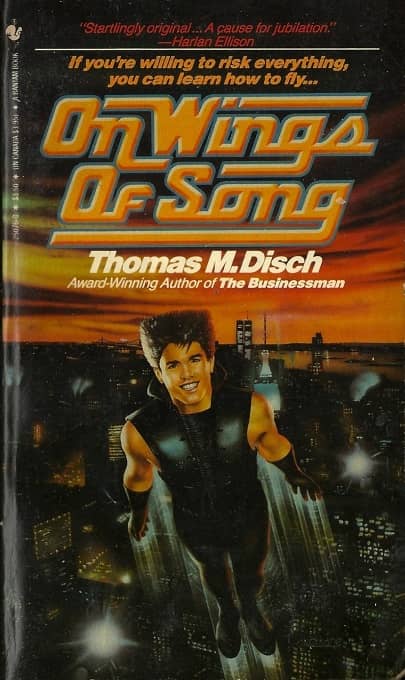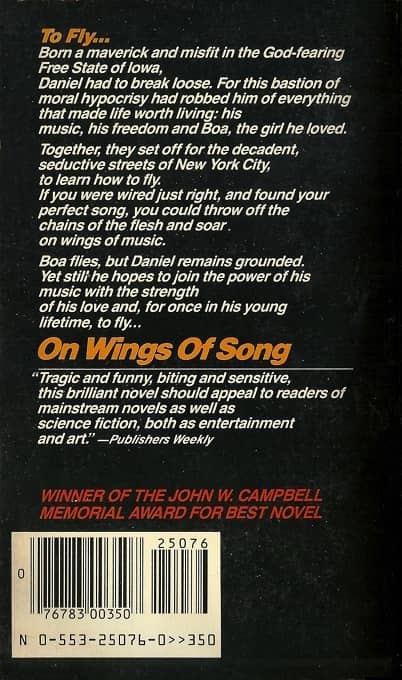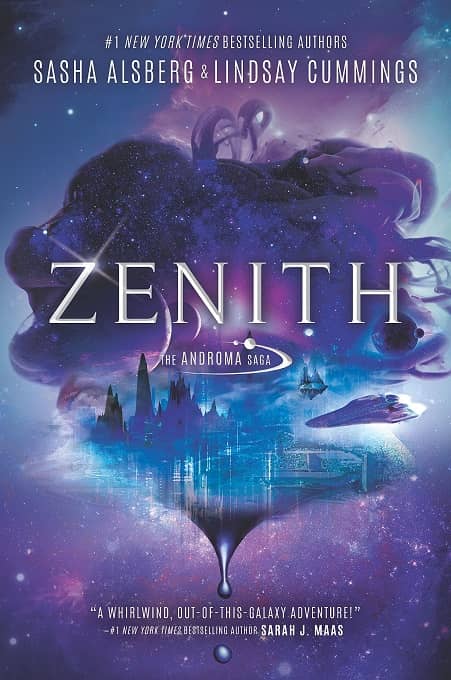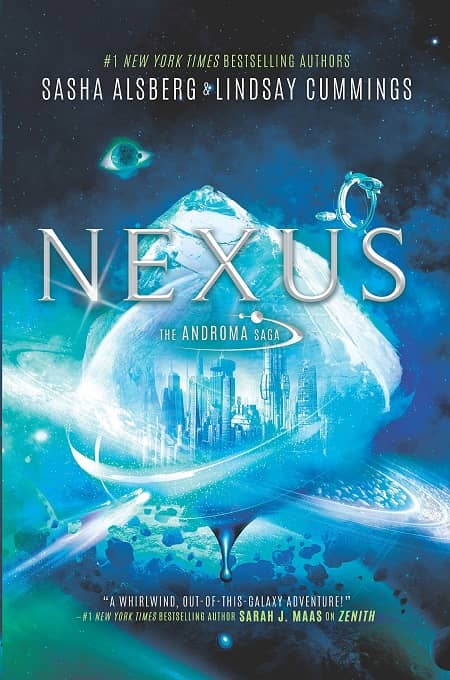Vintage Treasures: Tea With the Black Dragon by R.A. MacAvoy
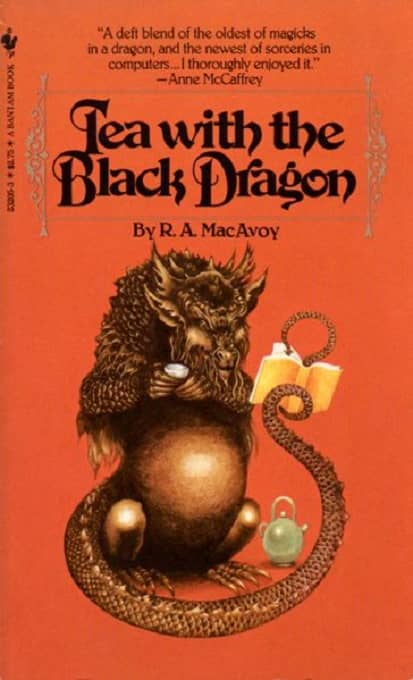 |
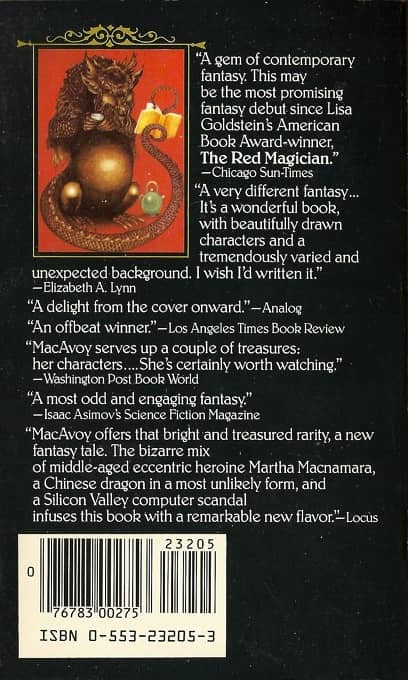 |
Tea With the Black Dragon was R.A. (Bertie) MacAvoy’s debut novel — and what a debut it was. It was the book everyone was talking about in 1983, and it was nominated for the Locus Award for Best First Novel (which it won), as well as the Hugo, Nebula, World Fantasy, and Philip K. Dick Awards (which it lost to Startide Rising, The Dragon Waiting, and The Anubis Gates, respectively. You can’t say it wasn’t a year with worthy competition.)
In his 2015 Throwback Thursday article at the Barnes & Noble Sci-Fi & Fantasy Blog, Jeff Somers helped re-introduce the book to a lot of modern fantasy readers, with a rather clever description of the plot.
I like to think of R.A. MacAvoy’s marvelous Tea with the Black Dragon as a quantum state fantasy, because it both is and is not a fantasy novel. The waveform collapse occurs inside your head when you read it… Martha Macnamara is a middle-aged, free-spirited musician who travels to California at the request of her semi-estranged daughter, who works in a finance role in the burgeoning California software industry. Put up in a swanky hotel, Martha meets Mayland Long, an older Asian man with elegant manners and a lot of money. Their conversation hints that he was an eyewitness to momentous events throughout history, and counts as close friends many long-dead historical figures. He and Martha strike up a thoroughly charming, adult relationship, instantly and believably drawn to one another. When Martha’s daughter goes missing, Long agrees to assist in tracking her down. Which could be useful, as he claims to be a 2,000-year old black dragon in human form. Boom.
